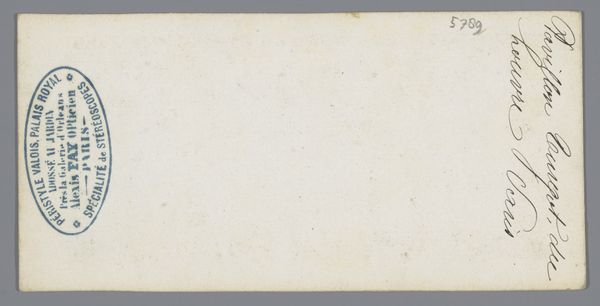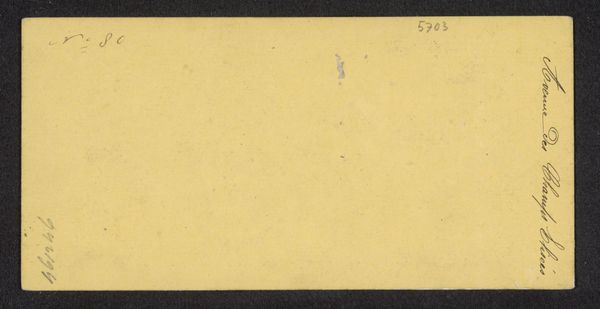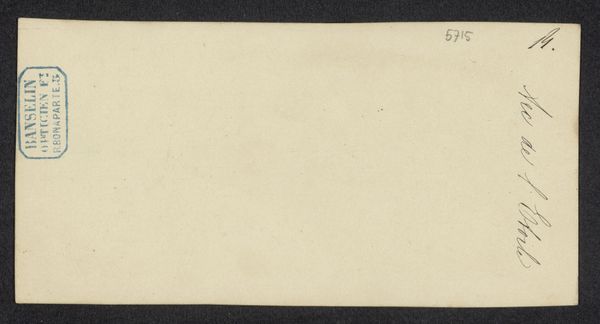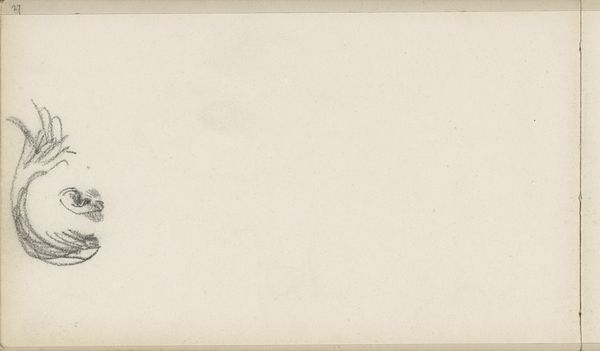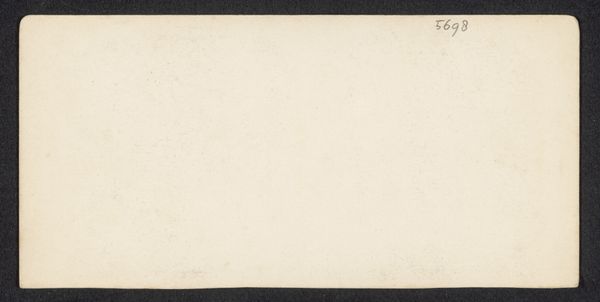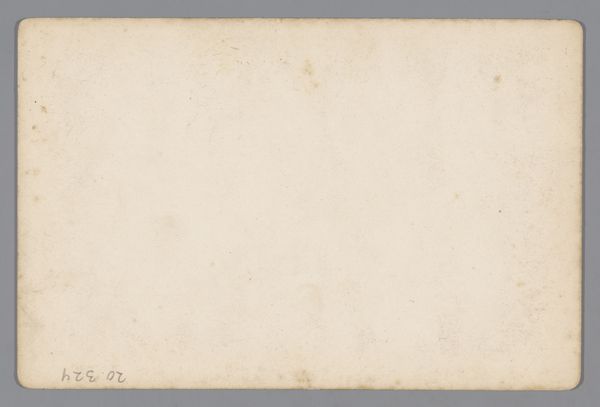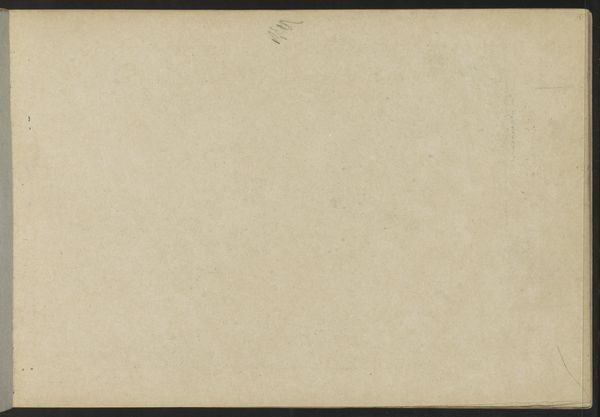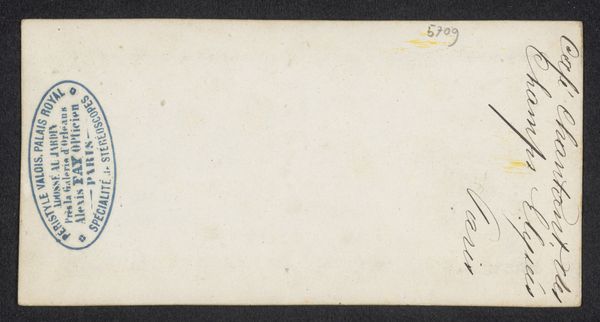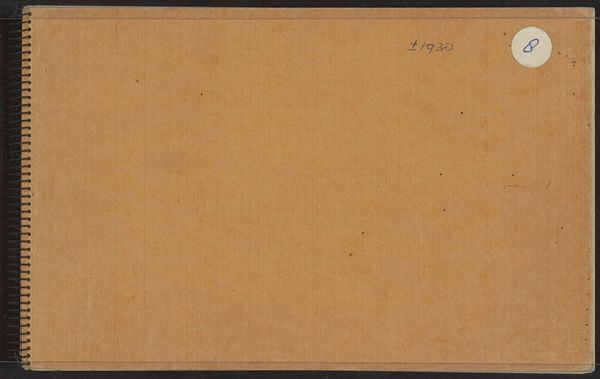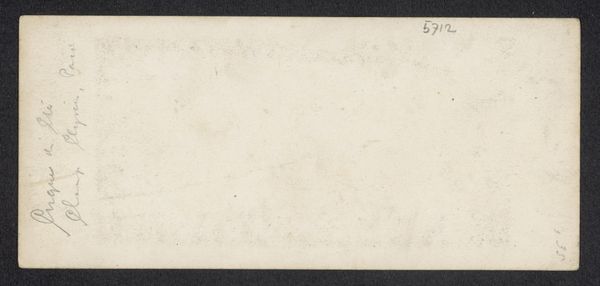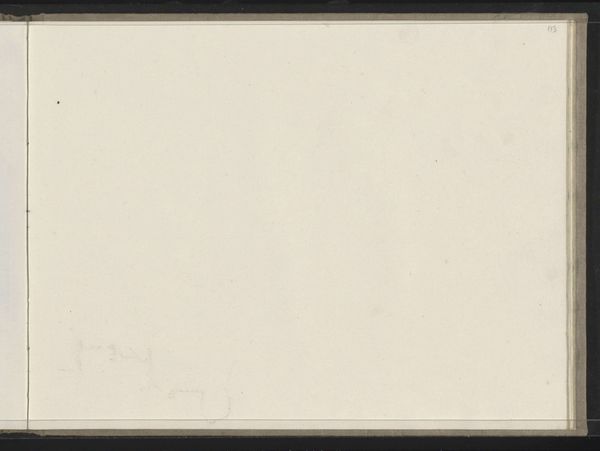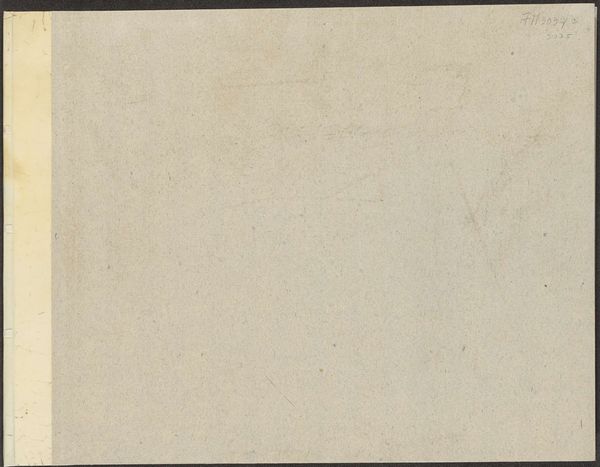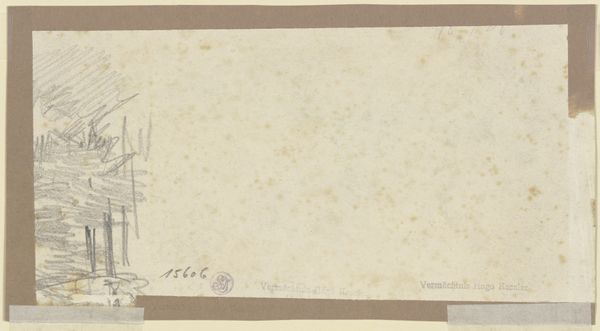
Ontwerp voor een briefkaart van het Victoria Hotel in Amsterdam 1884 - 1952
0:00
0:00
graphic-art, typography, poster
#
graphic-art
#
art-nouveau
#
typography
#
poster
Dimensions: height 105 mm, width 228 mm
Copyright: Rijks Museum: Open Domain
Curator: Let’s examine this, shall we? Here we have "Ontwerp voor een briefkaart van het Victoria Hotel in Amsterdam," or "Design for a Postcard of the Victoria Hotel in Amsterdam" by Reinier Willem Petrus de Vries. It seems to date from somewhere between 1884 and 1952. Editor: At first glance, this card has a distinct formal elegance, very ordered. The stylized letters climbing upwards feel like a calculated move towards conveying luxury. What were they hoping to communicate about their product with a design such as this? Curator: Knowing it’s intended for a hotel changes things. The materiality of such a postcard design allows us to examine how hotels used promotional material to advertise a type of temporary, manufactured ‘home’. It merges graphic art and typography. The weight and texture of the paper, the ink, the method of printing... These all become signifiers of value and exclusivity. Editor: Absolutely. The typeface choice, almost bordering on an art nouveau style with that swirling, organic lettering for "Victoria Hotel", evokes a sense of sophisticated comfort. Note, too, how the image of a six-cent stamp has been included, signaling that this design may also advertise how they could expedite their guests' correspondence. Did it reflect societal values or perhaps the travelers' aspirations? Curator: You bring up an interesting point about societal values. Given the proposed date range, think about the social context – perhaps late 19th-century industrial expansion to post WWII sensibilities. The material conditions shaped how people perceived luxury and travel, didn’t they? These materials needed to be affordable and quickly and consistently reproducible, yet signify high design. How was it possible? Editor: Considering all the layers—cultural, societal, even emotional—embedded within the image of that typography gives pause to remember our pasts, personal and collective. Curator: I think looking at it from the ground up really forces us to examine some fundamental ideas we carry with us today concerning production, branding and so much more!
Comments
No comments
Be the first to comment and join the conversation on the ultimate creative platform.
